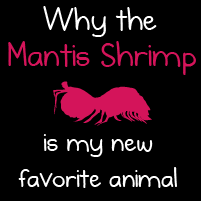Kite Patch – an innovative, powerful and surprisingly small sticker that protects humans from mosquitoes.
Gammy Dodger stashed this in Gadgets - physical & virtual
Kite
TM
is a breakthrough approach to combating mosquitoes
and mosquito-borne diseases.
Summary |
Kite is a small, powerful patch
that disperses non-toxic compounds that
make humans invisible to mosquitoes. Kite
is designed to provide individuals with up to
48 hours of protection from mosquitoes by
blocking their human-hunting sensors.
Worldwide Discovery | Kite’s compounds have been
heralded by the international press as “the biggest
breakthrough against malaria”. It was featured on the front cover of Nature – the premier scientific
journal.
Technology | Kite utilizes our company’s worldwide discovery of compounds that
disrupt mosquitoes’ ability to detect carbon dioxide, their primary method of hu’nting
humans. Kite’s compounds also depress mosquitoes’ capacity to detect skin odors –
their secondary method of hunting humans. Kite’s compounds are approved for human
consumption by the U.S. FDA.
Use | Kite is designed to provide protection from mosquitoes throughout an individual’s daily activity. Kite
is designed to be the primary level of protection from mosquitoes, providing continual coverage between
the use of bed nets at night, Indoor Residual Spraying (IRS) in the morning and evenings, and normal
activity throughout the day and night.
Application | Kite is applied to clothing, like a small sticker and is designed for use
by all ages, including infants and pregnant mothers.
Cost | Kite is being designed to cost a fraction of existing, toxic repellents with
stronger protection.
Design | Kite is designed to inspire feelings of pride, responsibility, safety, and
empowerment.
Distribution | Kite is pursuing distribution agreements, partnerships, and
collaborators globally to fully distribute the benefits of the new technology contained
within Kite patches.
Funding for the Technology | Bill and Melinda Gates Foundation (initial funding of technology); U.S.
National Institutes of Health (research grants); University of California Riverside (initial technology
development); ieCrowd (incubation and capital); USDA (testing); and the Walter Reed Army Institute of
Stashed in: Bugs!











11:03 PM Aug 27 2013